Food Bank Blog

CalFresh Myths and Facts: Eligibility, Overpayments, Privacy
Updated Sept 2, 2025 En español This summer, Congress passed H.R. 1, the “One Big Beautiful Bill Act” which will make big cuts and changes
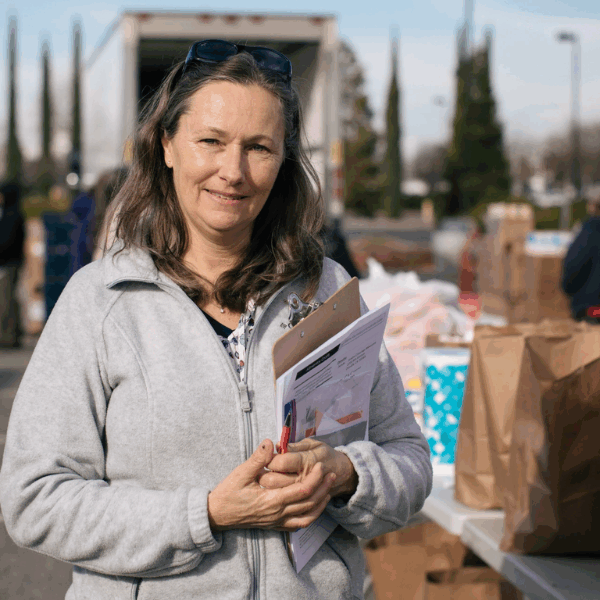
When disaster strikes, you make a difference
Did you know that when disaster strikes, the Food Bank is a trusted “second” responder? After first responders stabilize the threat, we provide essentials like
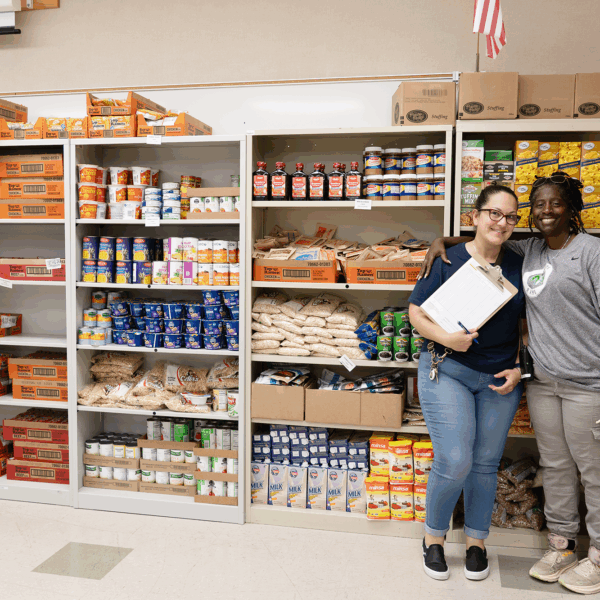
The Dixon High Rams Vault is open to fight summer hunger
Summer should be a time of rest and relaxation. But for families facing hunger, the loss of school breakfasts and lunches can be a serious
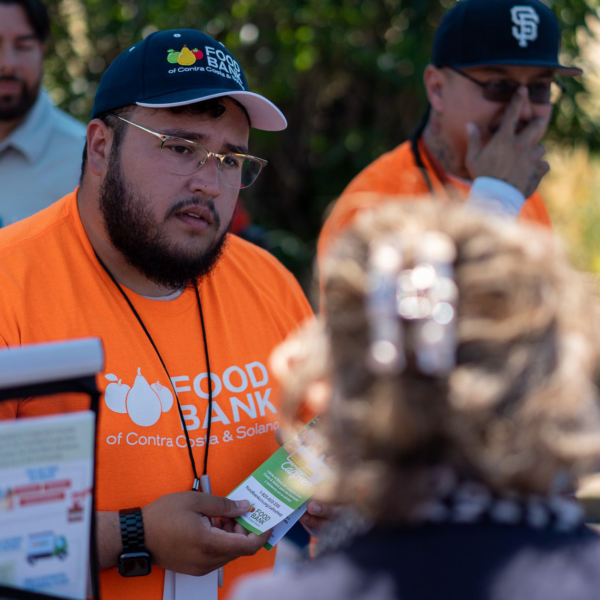
CEO’s statement on SNAP cuts in the federal budget
With the signing of the budget reconciliation bill last week, the U.S. government has passed once in a generation cuts to CalFresh/SNAP and Medicaid. This
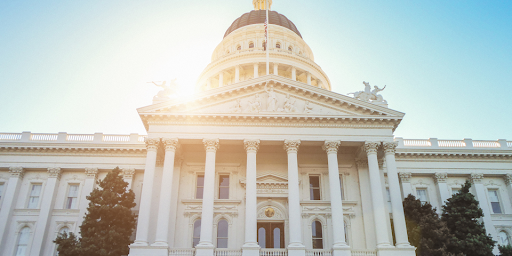
What you need to know about funding cuts to food banks, SNAP, and Medicaid
Last updated July 7, 2025 You may have heard on the news that government funding cuts are impacting the Food Bank – and more cuts
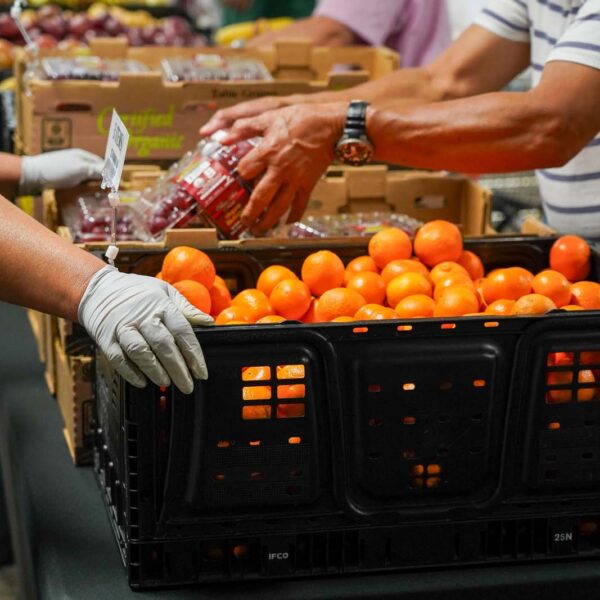
Everyone has the right to food
Updated June 20, 2025 At the Food Bank, we’re committed to being here for our neighbors no matter what. We believe that food is a

Susan’s zucchini bake
This easy and tasty zucchini recipe comes to us from Susan, a hunger fighter in El Cerrito. Susan shares: “The Zucchini Bake can be a main
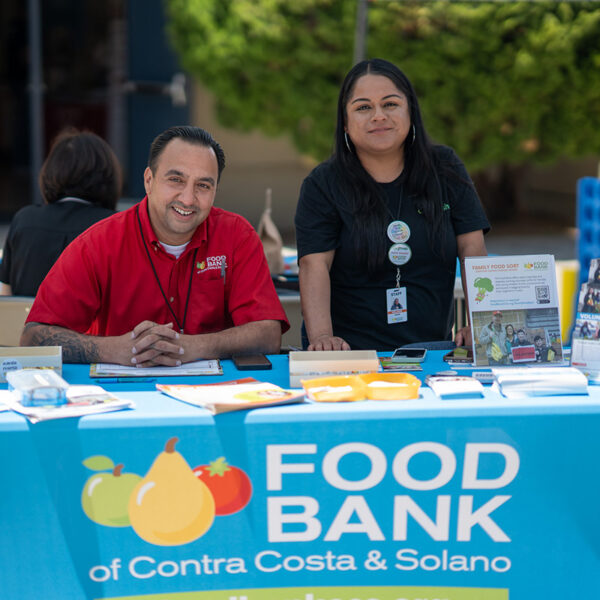
It’s CalFresh Awareness Month – test your knowledge!
May is CalFresh Awareness Month, and we’re celebrating with a quiz! Answer the questions below to see if you know all the ways CalFresh (SNAP
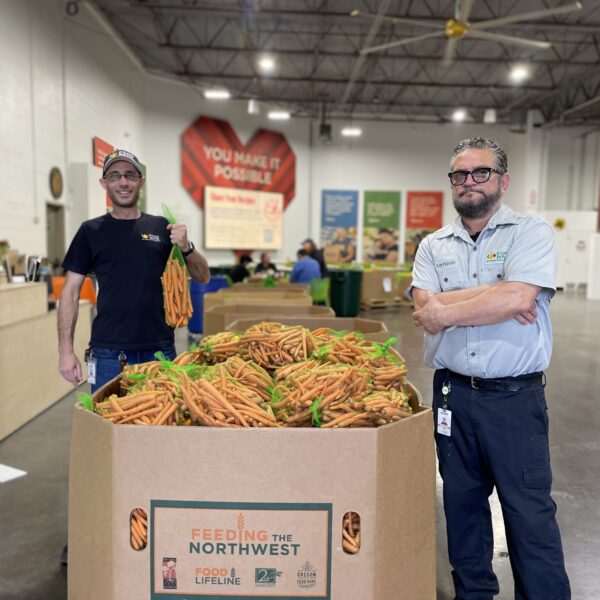
Meet your Food Bank Team: Food Sorting Coordinators
If you volunteer at one of our warehouses, you’re certain to meet one of our Food Sorting Coordinators: Isabelle, Claudia, Jose, Leonard, Fernando, or Melvin.
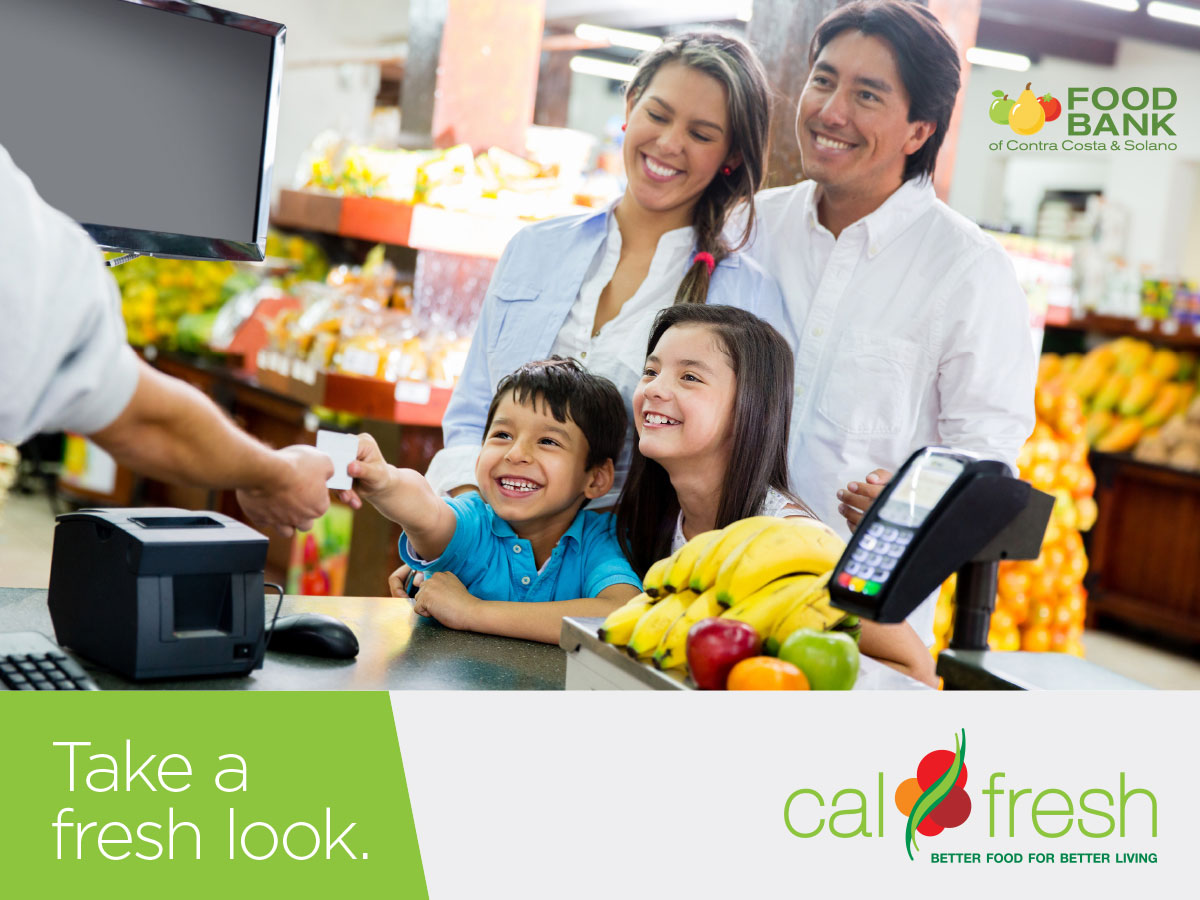
5 Reasons to Save CalFresh (SNAP)
It’s CalFresh Awareness Month, and there are so many reasons to celebrate the nation’s largest and most important hunger-fighting program. But right now CalFresh (SNAP
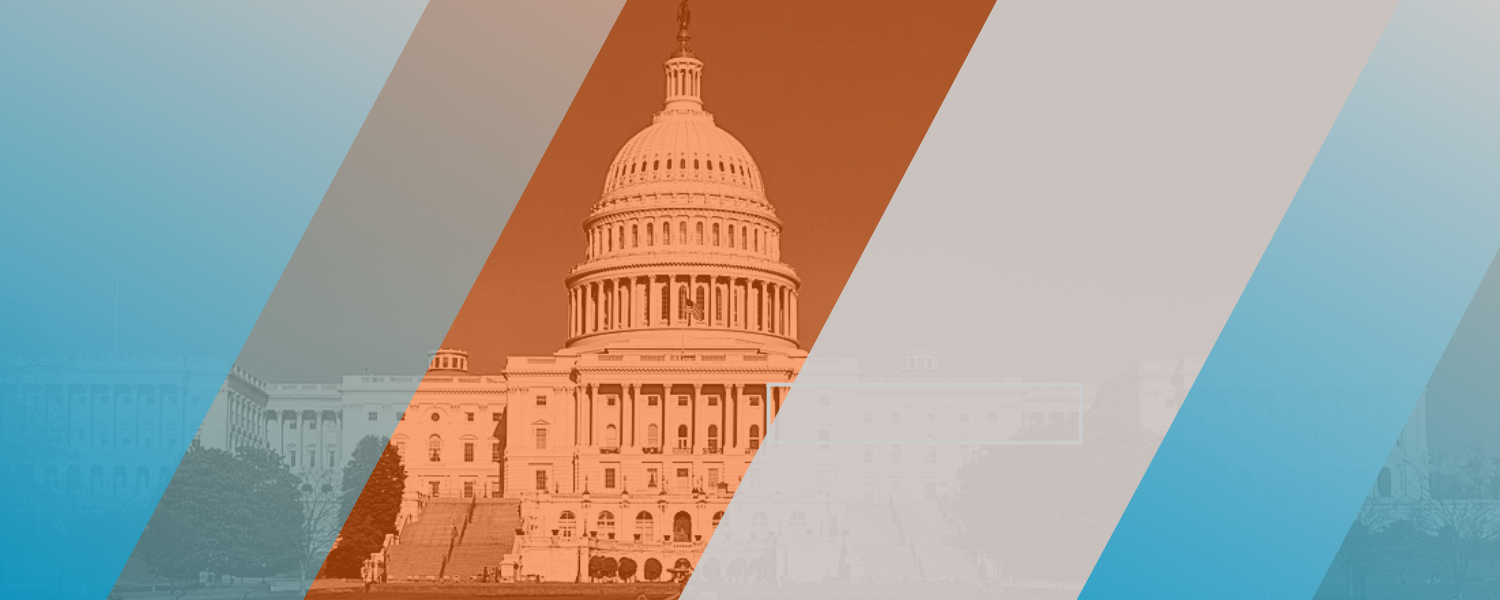
The Food Bank’s 2025 Legislative Agenda is here!
Distributing food isn’t the only way the Food Bank fights hunger. We’re also working on long-term solutions that can address the reasons people struggle with
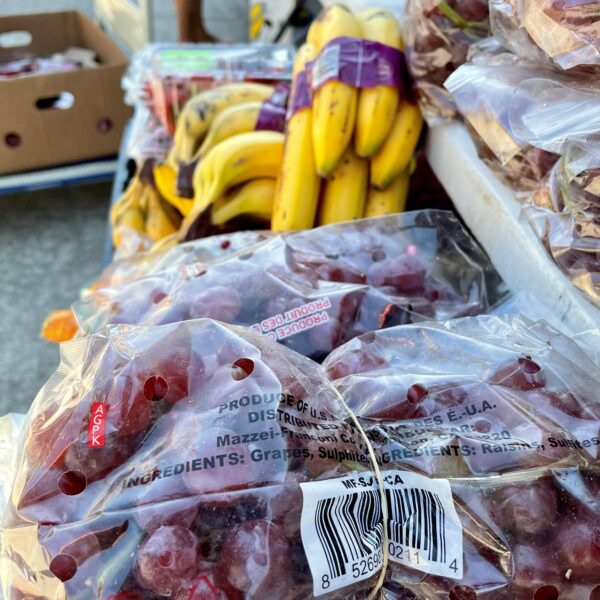
More food, less waste
The United States Department of Agriculture estimates that more than one-third of our food supply is wasted every year! That’s billions of meals that could
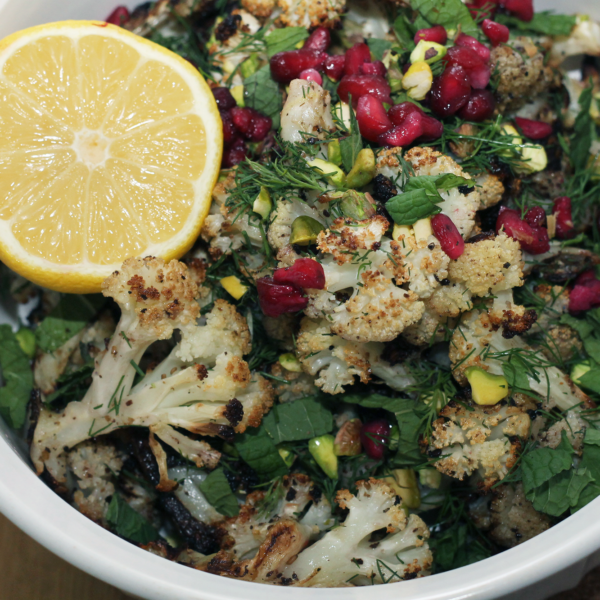
Roasted Cauliflower Three Ways
Rich in vitamins C and K, roasted cauliflower is a quick and tasty side dish that’s good for you too. And with this recipe from
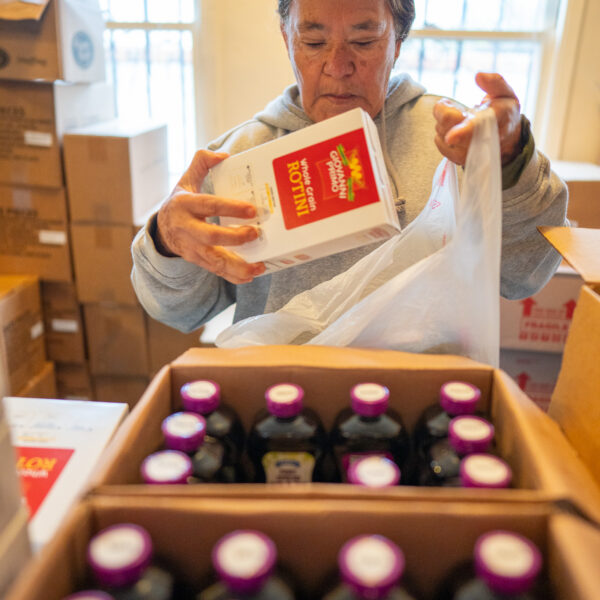
50 years of supporting families with Richmond Emergency Food Pantry
When Richmond Emergency Food Pantry first began distributing groceries to neighbors facing hunger in 1971, volunteers had plenty of time to fill. In that first
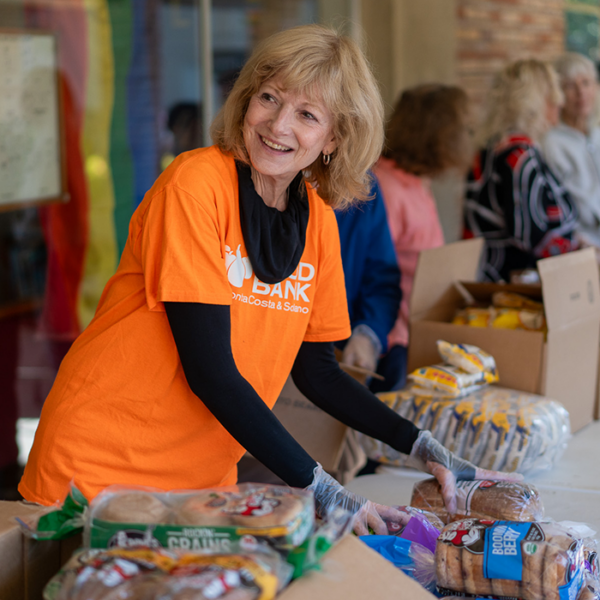
How to make volunteering a habit in 2025
Did you resolve to give back, get involved in your community, or make healthy choices in 2025? Good news: Volunteering at the Food Bank ticks
